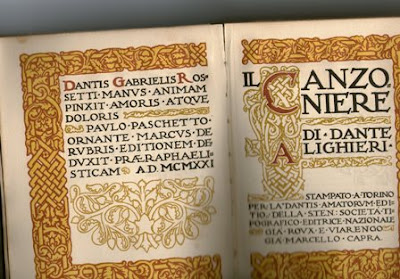For this week's view of life in Italy, I have dipped into the archives of 50 years in Italy and offer this piece:
originally published on International Daily News, Rome
April 19, 1979
On the
outskirts of some villages and along
country roads you will notice wet
laundry spread out on the top of bushes to dry.
 |
| laundry as it was done in the past |
This saves the trouble and
expense of setting up a clothesline and some say that it makes the laundry
whiter since it is in closer contact with the chlorophyll of the plants. Then why don’t the sheets become green?
And what
about clotheslines in the city,
especially those strung across courtyards and stretched between windows in the
older neighborhoods of Rome? Most
families use the single pulley system with nylon cords or stronger ones with a steel center that
hardly ever break.
The
clotheslines which stretch below my 5th floor window, in the Prati neighborhood, are at the same time ingenious but extremely
complicated systems: the antithesis of the sheets flung over low bushes to dry.
 |
| illustration for original article |
There is a
stationary iron wire- which rusts and leaves indelible rust stains on Nonna’s
heirloom linens- and a supplementary nylon cord, infinitely thin, which breaks
at least once a year and must be repaired by splicing worthy of a Sixth Fleet
sailor.
Along this
double cord are run a series of metal rings with hanging strings-white, brown
and black, depending on their age.
To the
strings are tied the corners of the sheets, skirts and other family biancheria , then the rings, with clothing attached, are pushed out along the line with the help of an
old broom handle, or perhaps two broom handles tied together, in order to reach the further end of the line.
The
consequence of this system is that all the towels, napkins and tablecloths of
these families, if not expertly ironed, remain with little rabbit ears on two
ends.
On those annual occasions when I must help my
next-door neighbor repair the line I’ve tried some propaganda in favor of
clothespins and pulleys, but the years go by and the traditional system
prevails.
 |
| lavatoio, laundry house in Vetralla |
The back story of this article: the neighboring family who used this incredibly complicated laundry system came from Vallerano, a small town close to where I now live.
It was the normal system in their town 40 years ago and they brought it with them when they moved to the big city.
Other stories about local laundry techniques can be found in the archives of Italian Notebook:
and this one from 2009 .
Keep them in mind next time you find yourself rinsing out underwear in a hotel sink.
 |
| In use since 1851 |























































